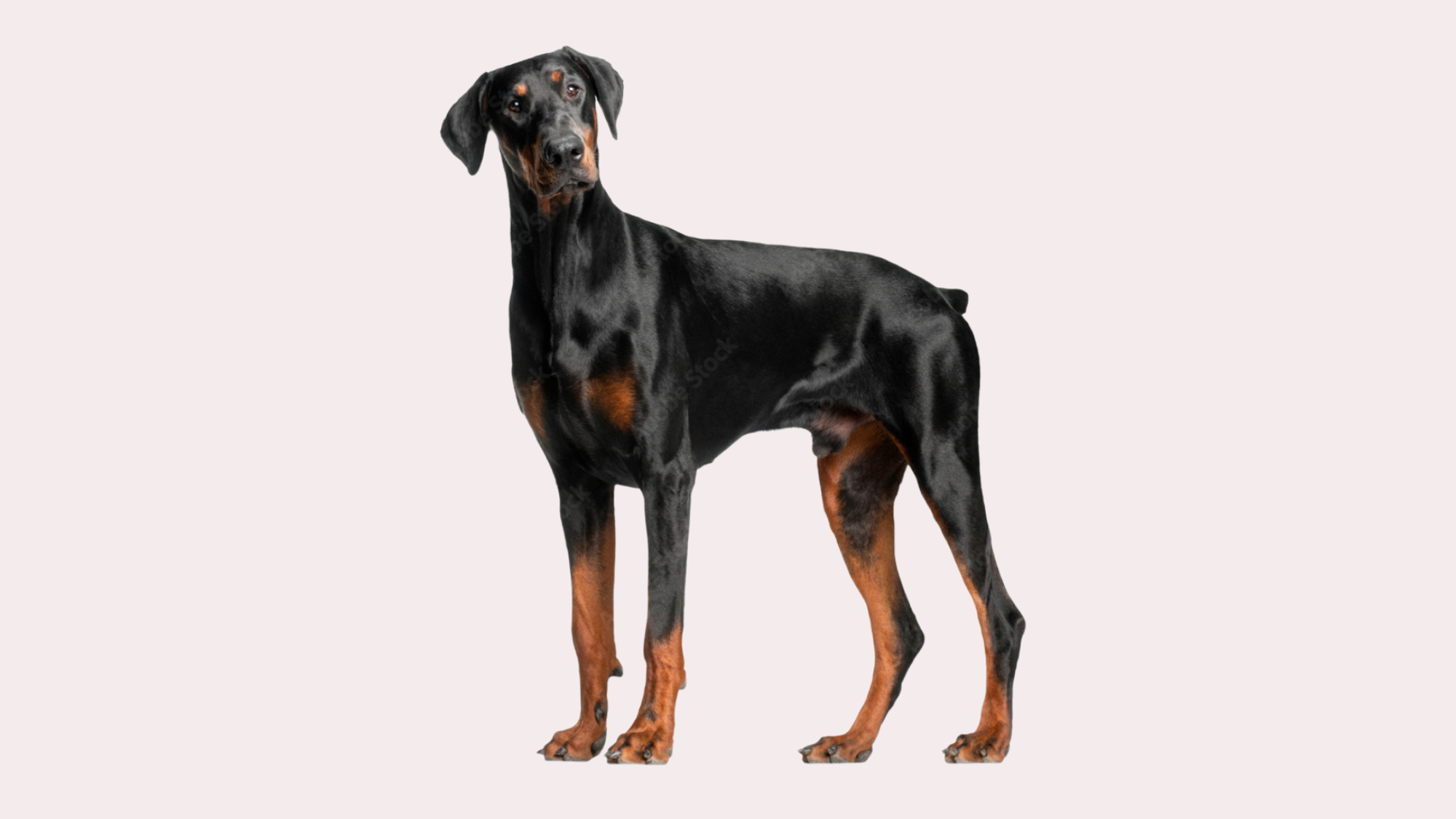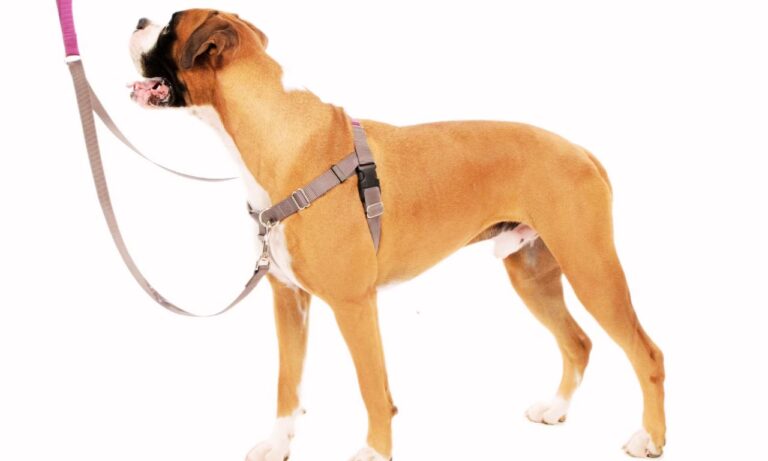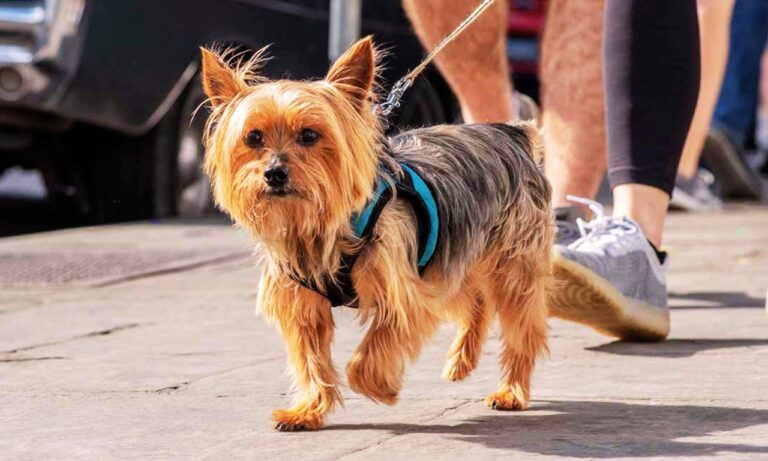The Doberman Pinscher is a strikingly powerful and intelligent dog breed, known for its elegance, loyalty, and agility. As a guard dog, companion animal, or working dog, the Doberman has earned a reputation for its versatility and ability to adapt to various roles.
While the breed is admired for its traits, one question that often arises when considering adopting a Doberman is how long these dogs live, particularly the male Doberman.
Male Dobermans, like any breed, experience specific factors that can influence their overall health and longevity. This article will provide a comprehensive analysis of the doberman lifespan male, factors that affect it, and ways to maximize the years you share with your loyal companion.
Learn what size collar for a Rottweiler is ideal by following this detailed guide to ensure a perfect fit for your dog’s comfort and safety.
Blog Highlights
ToggleAverage Doberman Lifespan Male
On average, the lifespan of a male Doberman ranges from 9 to 10 years, with 10 years being considered a typical life expectancy. While this is generally shorter compared to small dog breeds, it is in line with many large breeds, whose life expectancy tends to be shorter due to their larger size.
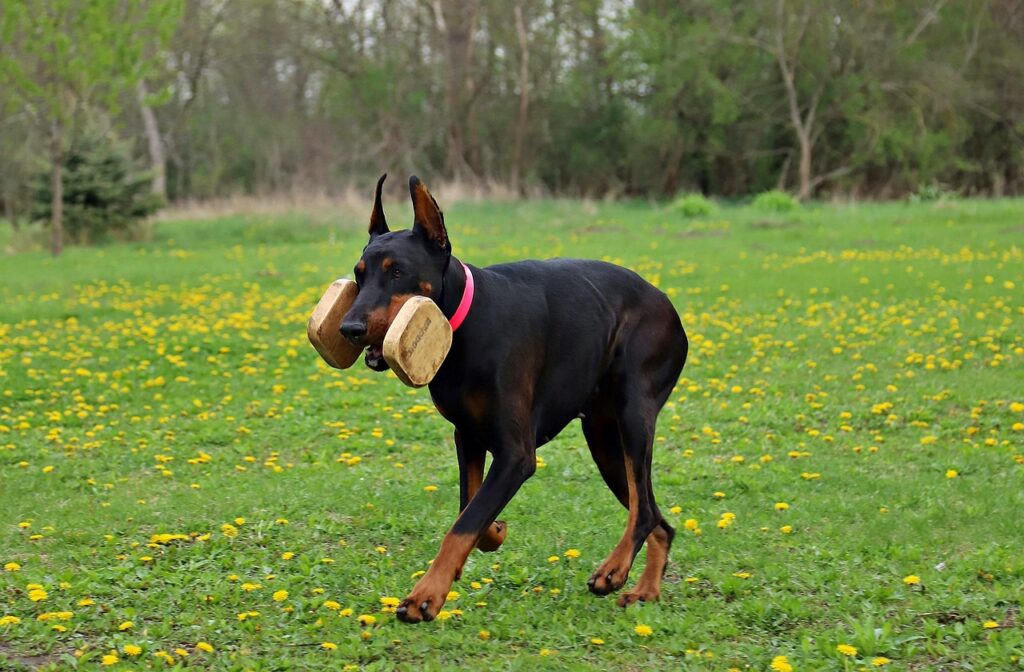
For comparison, small breeds often live between 12 to 16 years, while large breeds such as the Great Dane typically live around 7 to 10 years.
In some rare cases, male Dobermans may live longer, reaching 11 to 13 years if they are in optimal health. However, this is not the norm, and many male Dobermans may succumb to age-related health problems around the 8-10 year mark.
The difference between the average lifespan of a male and female Doberman is not extensive, with males generally living a bit shorter lives than females by 1 to 2 years. One reason for this disparity may be related to hormonal differences and genetic factors that favor females in terms of overall health.
For those seeking a longer life expectancy in their Dobermans, choosing a reputable breeder who prioritizes health and longevity can make a significant difference. It is essential to consider the overall health of the dog’s parents, as genetics play a major role in a Doberman’s lifespan.
You can learn whether Dachshunds need special collars and find expert recommendations in this article: Do Dachshunds Need Special Collars.
Genetic Factors and Their Impact on the Lifespan of a Male Doberman
As with any breed, genetics are one of the most influential factors affecting the lifespan of a male Doberman. A Doberman’s genetic makeup influences their susceptibility to certain health issues that can shorten their lives.
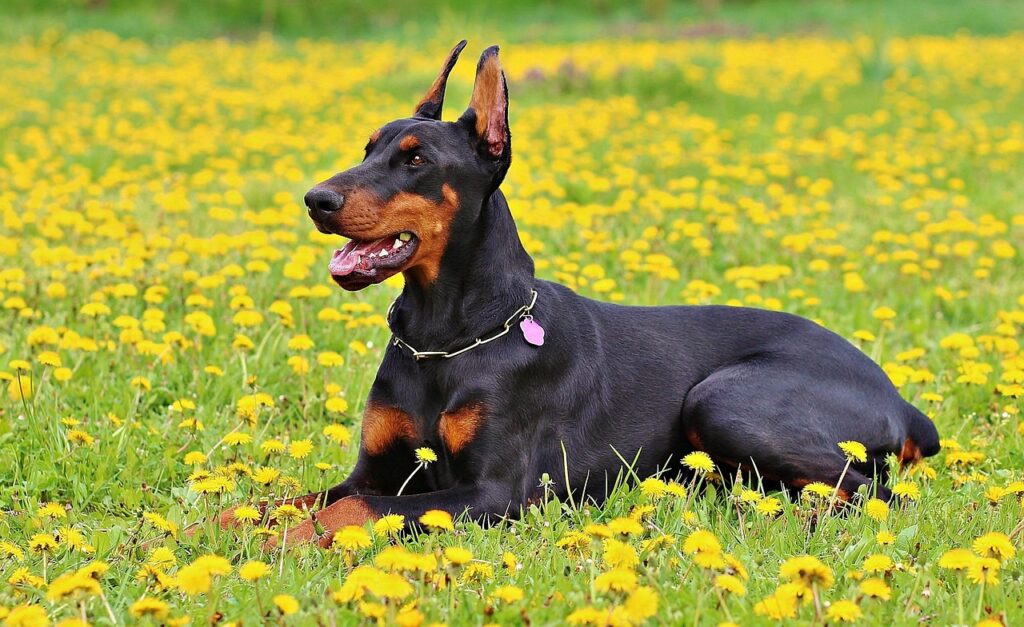
Many of the breed’s most common health conditions, including Dilated Cardiomyopathy (DCM) and hip dysplasia, are hereditary and can be passed down from parents to offspring.
Research shows that 25% to 35% of male Dobermans may develop Dilated Cardiomyopathy, a condition that causes the heart muscles to weaken, leading to inefficient blood circulation and, ultimately, heart failure.
The average age at which symptoms first appear is 5 to 7 years, but early detection can help extend life expectancy with proper management and medication. Without treatment, DCM can shorten a Doberman’s lifespan by several years, often leading to premature death.
Another hereditary condition affecting the male Doberman’s longevity is hip dysplasia, which affects around 20% to 30% of the breed. This condition occurs when the hip joint develops abnormally, leading to arthritis and pain.
To decide whether a collar or harness is best for your Dachshund, check out this helpful guide: What is Best for Dachshund Collar or Harness.
While hip dysplasia may not directly cause death, it can lead to reduced mobility, discomfort, and the development of more severe health issues. In some cases, untreated hip dysplasia may indirectly contribute to a shorter lifespan.
Additionally, Von Willebrand’s Disease, a blood clotting disorder that affects 5% to 10% of Dobermans, can also impact male Dobermans, especially if the dog has inherited the condition from its parents.
This disorder affects the dog’s ability to form blood clots, which increases the risk of bleeding, even from minor injuries. If left untreated, Von Willebrand’s Disease can reduce the quality of life and, in some cases, lead to premature death due to excessive blood loss.
In general, a male Doberman from a reputable breeder who conducts genetic health screening has a much higher chance of avoiding these inherited conditions and living a longer, healthier life.
Dogs that undergo genetic screening for DCM, hip dysplasia, and other common genetic issues are less likely to inherit these diseases, improving their overall life expectancy by 30% to 40% compared to those from breeders with less stringent health practices.
Common Health Issues in Male Dobermans and Their Impact on Lifespan
While genetics plays a significant role in a male Doberman’s lifespan, other health issues can arise during their lifetime that may impact their longevity. Understanding these common health concerns and addressing them promptly can help prolong the dog’s life. Some of the most prevalent health problems affecting male Dobermans include:
Dilated Cardiomyopathy (DCM):
This is one of the leading causes of death in the breed, particularly among male Dobermans. As mentioned earlier, DCM is a condition that weakens the heart muscle, affecting its ability to pump blood effectively. While female Dobermans may also be affected, male Dobermans have a higher likelihood of developing DCM earlier in life.
The average age of onset for DCM is around 5 to 7 years. Early intervention with medications such as ACE inhibitors and beta-blockers can help manage the condition and extend life expectancy by several years.
Cancer:
Like many large dog breeds, Dobermans are at an increased risk for various types of cancer, especially as they age. Male Dobermans are particularly prone to developing lymphoma (a cancer of the lymphatic system) and mast cell tumors (a form of skin cancer).
It is estimated that 15% to 20% of Dobermans will develop cancer by the time they reach 8 years old. Early detection through regular veterinary check-ups and monitoring for unusual lumps, weight loss, or fatigue can help improve the prognosis and potentially extend life expectancy.
Hypothyroidism:
Hypothyroidism occurs when the thyroid gland fails to produce sufficient hormones, leading to symptoms such as weight gain, lethargy, and hair loss. While it is more common in older Dobermans, male Dobermans are still at risk, particularly those over the age of 7 years.
10% to 15% of Dobermans will develop hypothyroidism, and early treatment with thyroid hormone replacement therapy can help prevent further complications and improve the dog’s overall health.
Bloat (Gastric Dilatation-Volvulus):
Bloat is a life-threatening condition that occurs when a dog’s stomach fills with gas and twists. This condition is particularly common in deep-chested breeds like the Doberman. Although bloat is more commonly associated with older dogs, it can strike at any age.
Approximately 5% to 10% of male Dobermans are at risk of developing this condition, and it requires immediate veterinary intervention. If untreated, bloat can lead to death within hours, so swift action is necessary.

Diet and Exercise: Promoting Longevity for Male Dobermans
In addition to addressing genetic and health issues, diet and exercise are key factors in ensuring that your male Doberman lives a long and healthy life. Proper nutrition and a consistent exercise regimen are essential to maintaining a healthy weight, supporting muscle development, and preventing obesity-related health problems.

For male Dobermans, maintaining a balanced diet that supports their active lifestyle is crucial. Adult male Dobermans typically require 2,000 to 2,500 calories per day, depending on their activity level and weight.
A high-protein diet that includes lean meats, healthy fats, and vegetables is essential for muscle maintenance and overall health. Providing high-quality dog food with omega-3 fatty acids, vitamins, and minerals can help support heart health, skin health, and cognitive function.
Exercise is equally important for a male Doberman’s longevity. This breed is highly active and needs at least 60 to 90 minutes of exercise per day, including walks, runs, and mental stimulation. Without enough physical and mental activity, Dobermans can become bored, stressed, and more prone to behavioral issues.
Regular exercise helps reduce the risk of obesity, cardiovascular disease, and other conditions associated with a sedentary lifestyle. Discover the best collars for Siberian Huskies for both style and comfort.
Veterinary Care and Monitoring for Longevity
Routine veterinary visits are essential to monitor the overall health of your male Doberman and detect any potential health problems early. Annual check-ups are necessary for younger Dobermans, while bi-annual visits are recommended for those over 7 years old.

During these visits, your vet will assess your dog’s health, conduct blood work, and monitor any signs of common health issues, including heart disease, thyroid problems, and cancer.
For male Dobermans, regular echocardiograms (heart ultrasounds) and electrocardiograms (ECGs) are recommended to monitor the heart’s health and detect early signs of Dilated Cardiomyopathy (DCM). Additionally, regular check-ups for hip dysplasia, thyroid function, and cancer screening can help ensure early intervention if necessary.
Conclusion: Ensuring a Long Life for Your Male Doberman
The doberman lifespan male is generally between 9 to 10 years, but with the right care, they can live longer and healthier lives. By focusing on genetics, health management, proper diet, and exercise, you can help your male Doberman achieve its full lifespan potential.
Routine veterinary care, genetic screening, and early detection of health issues such as DCM, hypothyroidism, and cancer will significantly improve the chances of your Doberman living a long, vibrant life. Ensuring a balanced diet, ample exercise, and a healthy environment can help you enjoy many years with your devoted and loyal companion. Learn how to put a collar on a Husky with these practical tips.

